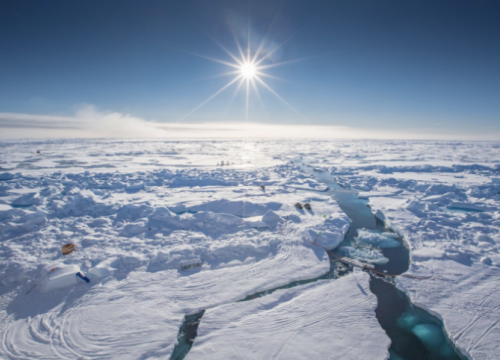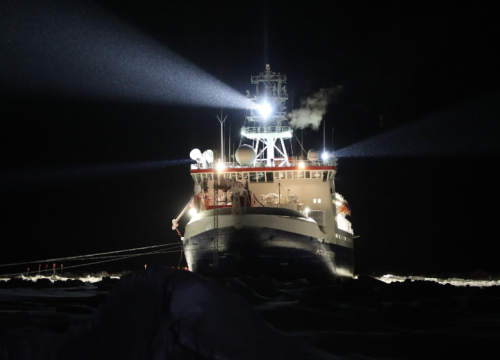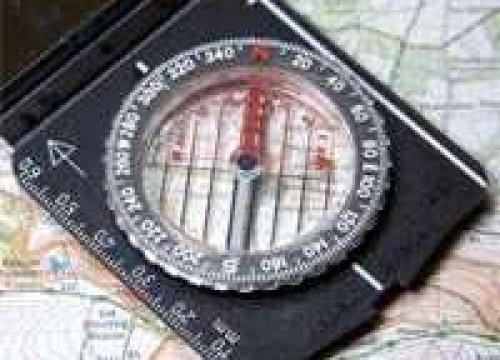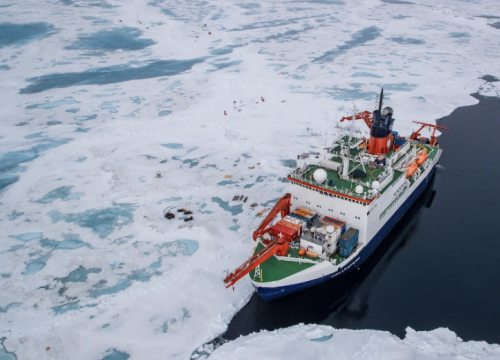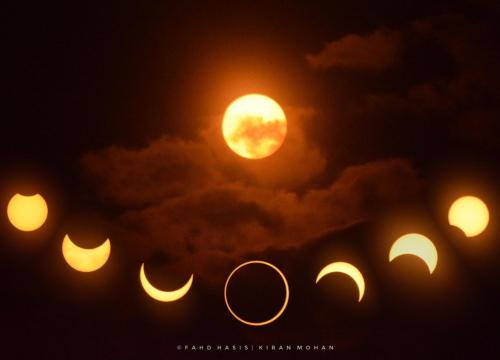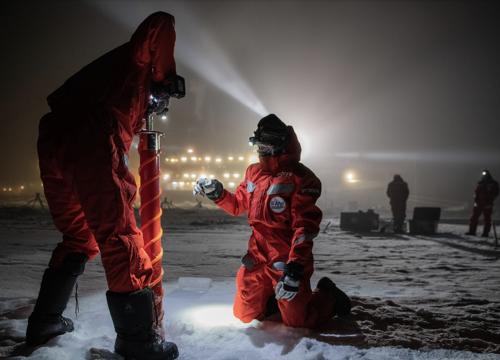In this webinar, Dr. Elizabeth Thompson discussed how learning about weather can also teach us a lot about the ocean - it's the same but backwards. She finds this amusing and fascinating.
The oceans impact weather across the entire world, but these invisible interactions are some of the most difficult to measure or predict.
She also talked about her team's recent attempts to collect needed measurements of ocean-atmosphere interaction in extremely remote tropical locations: off the coast of Barbados, in the Philippine Sea between Palau and Taiwan, the region most remote (furthest from land) of all tropical oceans: between California and Hawaii in the 'Doldrums' of the Intertropical Convergence Zone, and along the equator of the Indian Ocean. She's also done one experiment that was much closer to home, much colder, but still very far from land: across the Great Lakes.
This webinar is part of the CIRES/NOAA Science-At-Home series.
Goals Header
About the Presenter
Dr. Elizabeth Thompson is a Research Meteorologist studying physical processes in the atmosphere, upper ocean, and air-sea interface. As part of the Boundary Layer Observations and Processes Team at NOAA's Physical Science Laboratory, she is currently leading several observational research projects from tropical oceanic field experiments, such as ATOMIC (W. Atlantic), PISTON (W. Pacific), and SPURS-2 (E. Pacific). Elizabeth uses measurements to understand the co-evolution of atmospheric and oceanic boundary layers, clouds, and precipitation. This has included research on how rain, wind, and sunlight control upper ocean stability. She is now assessing how such ocean variability may either encourage or inhibit the growth of clouds and precipitation. Elizabeth also investigates microphysical processes in clouds and how they control precipitation intensity. Her projects focus on the coupled weather and climate system across regimes, from tropical to winter.
Elizabeth earned both her M.S. and Ph.D. in Atmospheric Science from Colorado State University. She completed her postdoctoral research at the Applied Physics Laboratory at the University of Washington, where she became a Senior Meteorologist prior to joining PSL.
Elizabeth seeks out the water in her spare time, such as with the local swim team, exploring on a stand-up paddle board, snorkeling, learning about rivers, and (for frozen water) snow sports.
For more information, visit Elizabeth's staff profile page.
Recommended Activities for e-Learning
Pre-K: Time for a tea party! While you wait for your tea to cool (real or imaginary tea can be used but adult supervision should be used for real tea) watch as steam rises. Why does the tea steam while it's hot but not once it has cooled? When else might you see surface convection?
K-5: Density Rainbows - If you have salt and food coloring at home Steve Spangler Science has easy to follow instructions on how to make rainbows columns from salt water with various densities. All you have is sugar? Don't worry they have instructions for sugar water rainbows too.
Want something a little messier? Try this density tower, which uses water, oils, syrups, even honey. You can then place anything you don't mind getting messy inside to see if it sinks to the bottom or floats at a particular level: bubble gum, pingpong balls, marbles, and nuts/seeds are all good options.
Why doesn't the ocean freeze? This simple experiment at Education.com is a great hands-on experiment and when paired with this better description over at the state of Alaska's Tundra and Wildlife page.
Educators: Science Friday offers a fairly simple at-home convection demo using colored waters of different temperatures. You can demonstrate from your home or parents may need to supervise this lesson for students to do it at their own homes.
6-8: Want to learn more about how ocean surface currents have a big impact on our climate? PBS's ThinkTV offers this video as well as a full "classroom" around Climate Literacy.
Why does ice float on water? Isn't it colder? This TED-Ed video does a great job further explaining the concept and offers a quiz.
Educators: Looking to dive deeper into the concepts behind why the Ocean doesn't freeze? The University of Maine's Aquarius Project offers this extensive lesson plan with experiments that could be performed from home.
9-12: Global Winds and Ocean Currents - This NASA lesson can be done from home and lets you visualize global winds, ocean currents, and gyres. This is part of the NASA Aquarius mission unit.
Looking for a nice visual for the thermohaline? A.k.a. the Great Ocean Conveyor Belt? NASA has this great animation. NASA also has a short video on the Aquarius mission - a satellite sent into space to study sea surface salinity and climate change.
Educators and Parents/Guardians - Use teaching guidance from CLEANet.org to teach the concept of thermohaline with this easy to do at-home lab from NOAA's Ocean Service.
